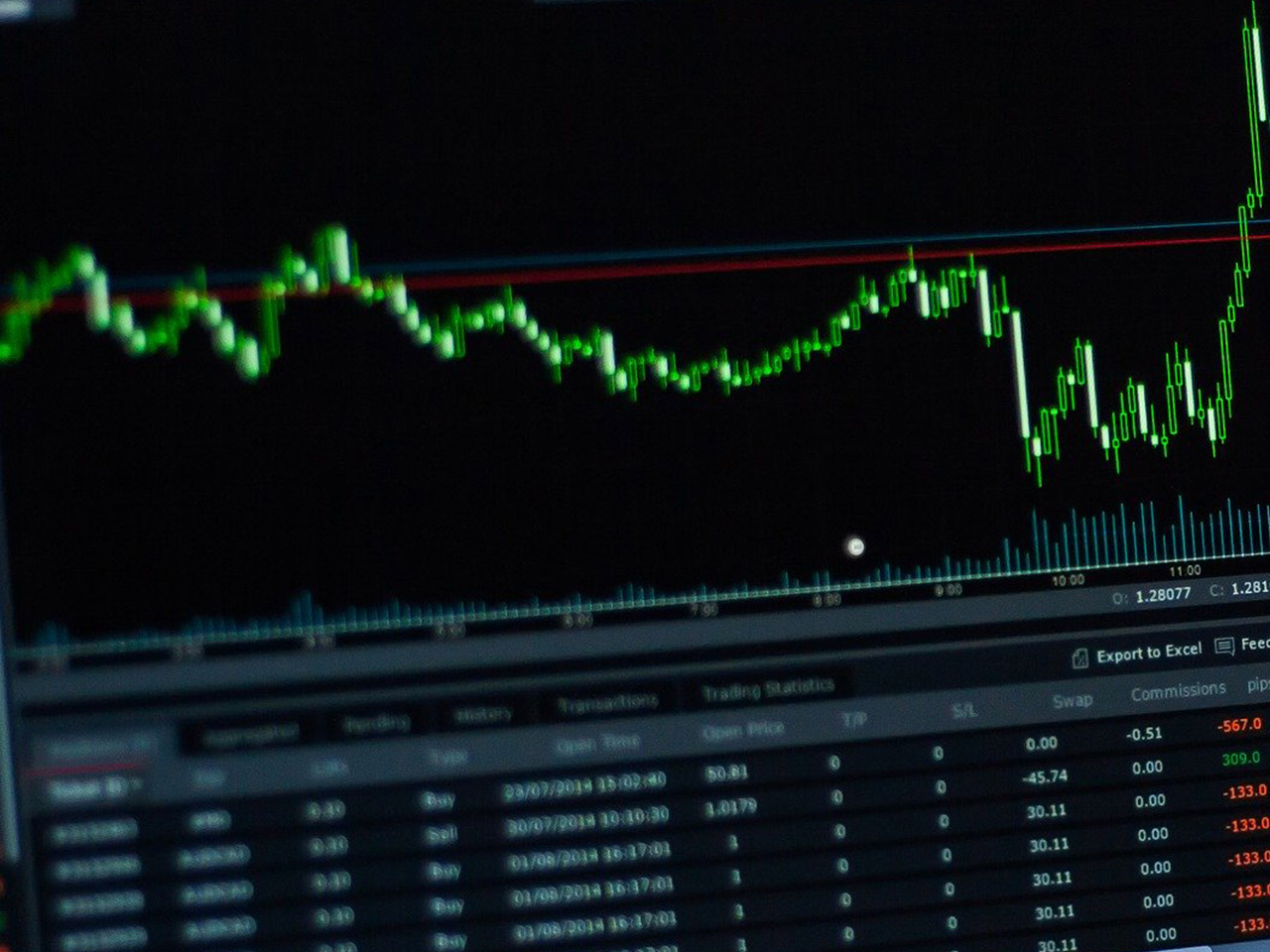Vistry Group PLC (LSE: VTY.L), a prominent player in the UK’s residential construction industry, offers investors a unique opportunity to delve into the intricacies of a sector undergoing significant transformation. With its rich history dating back to 1885, Vistry Group, formerly known as Bovis Homes Group PLC, stands as a testament to resilience and adaptability in the consumer cyclical sector.
Currently trading at 629.6 GBp, Vistry’s stock has experienced a slight decline of 0.01%, reflecting the broader uncertainties in the market. This price sits within its 52-week range of 510.80 to 1,430.00 GBp, indicating significant volatility and potential for both risk and reward. For savvy investors, this fluctuation presents an opportunity to examine the underlying factors affecting the stock’s performance.
The company’s market capitalisation is pegged at $2.04 billion, a substantial figure that underscores its importance within the residential construction industry. However, despite its size, Vistry’s valuation metrics raise some questions. With a forward P/E of 879.74 and a lack of data on trailing P/E, PEG ratio, and other traditional valuation measures, potential investors might find it challenging to assess the company’s intrinsic value based purely on these figures.
Vistry’s revenue growth of 3.40% suggests a steady progression, albeit potentially lagging compared to some peers in the sector. The company’s earnings per share (EPS) stands at 0.22, paired with a modest return on equity of 2.28%, indicating room for improvement in profitability and operational efficiency. However, a positive note is the free cash flow of £48.88 million, which provides a buffer and flexibility in capital allocation decisions.
A notable absence in Vistry’s financial profile is its dividend yield, marked as N/A, with a payout ratio of 0.00%. This absence may deter income-focused investors looking for regular returns, yet it could also signal the company’s intent to reinvest profits back into the business for long-term growth.
Analyst sentiment towards Vistry is mixed, with 3 buy ratings, 9 hold ratings, and 4 sell ratings. The average target price of 622.67 GBp suggests a potential downside of -1.10% from the current price level. This cautious outlook reflects the broader economic challenges and uncertainties facing the UK’s housing market, influenced by factors such as interest rate changes and regulatory pressures.
From a technical standpoint, Vistry’s 50-day and 200-day moving averages of 621.12 and 624.89, respectively, indicate that the stock is trading around these key levels, which often act as support or resistance. The RSI (14) of 59.75 suggests the stock is neither overbought nor oversold, presenting a neutral stance for technical traders. Meanwhile, the MACD of 3.16 and signal line of -1.97 could imply a bullish crossover, warranting attention from momentum investors.
Vistry Group PLC’s journey through the UK’s dynamic housing sector is a narrative of strategic positioning and resilience. For investors, understanding the complexities of its financial metrics and the broader economic landscape will be crucial in making informed investment decisions. As the company continues to navigate these challenges, its performance will undoubtedly be a focal point for those tracking the evolution of the residential construction industry.




































